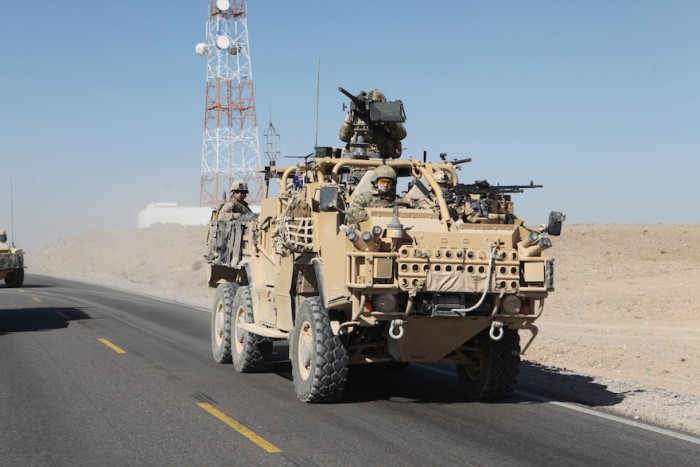
While advancements in defence gear have focused on protecting soldiers from shrapnel and other flying debris, armoured plated vehicles do little to protect the human body against the force generated by an explosion. A huge blast sends shockwaves that go right through the human body, causing massive trauma. To address this, defence company Boeing have filed a patent for a cloaking device straight out of a science fiction novel.
According to the patent, the shield will act as a buffer, rather than a wall, separating the shockwave from the soldiers. Using a veil of heated, ionized air, the shield makes shockwaves bend around an object, like a vehicle, instead of passing through them.
The device would heat the air in front of the blast location. The device, incorporated into a military land vehicle, would sense the explosion before the shockwave hits, and then generate an arc of electricity that jumps between the two ends of the circuit. This would change the air around the protected object and lessen the impact of the shockwave generated by the explosion, potentially protecting the vehicle’s occupants.
The device, still in theoretical phase, still has multiple challenges to overcome. The shield would not protect soldiers against shrapnel or other debris, but the hope is that different protective gear can be used to compensate for this.
The large amount of energy needed to generate a strong enough shield also means the shield won’t have a long duration. The protective blast could potentially disable the occupants of the vehicle.
The development of this real-life “forcefield” will be closely watched around the world, despite its many challenges.






